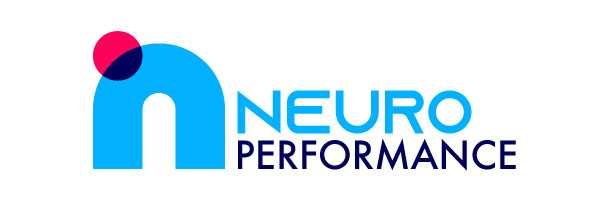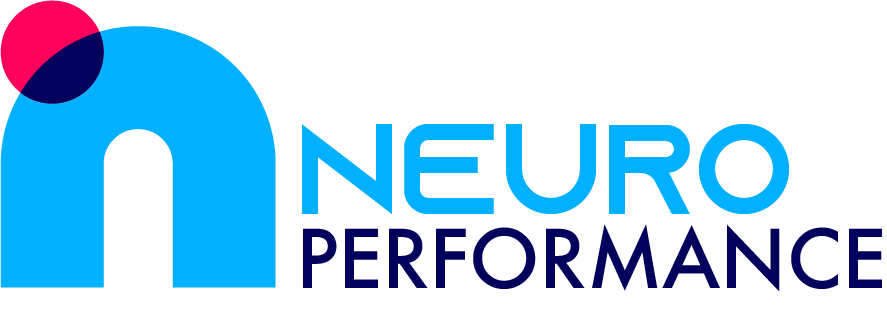ATTENTION
Attention is a vital component of our day to day functioning.
When impacted can lead to significant consequences in our lives.
FOCUS FULLY
ACT CALMLY
THINK CLEARLY
SLEEP SOUNDLY
Attention refers to the mental ability of an individual to focus or narrow awareness on selected stimuli from the external environment or internal moods, thoughts, memories, and physical sensations that are behaviourally relevant from those that are behaviourally irrelevant (Raz, 2004).
It is a vital component of our day to day functioning and when impacted can lead to significant consequences in our lives. Your brain may well be wired and set up to excel intellectually but if your ability to focus and pay attention is compromised, then realising that potential becomes far more challenging and likely improbable.
Across the lifespan, problems within attention and focus abilities can negatively impact an individual and interfere with their quality of life. Reduced productivity at work, difficulties with education, and poor emotional control all have links to difficulties in attention ( Barkley & Murphy, 2010). If these issues with focus and attention are not addressed they are likely to follow us into adulthood and have lasting impacts on educational achievement, job security, increased accidents, poor organisational skills and problem solving. Attention can be impacted by many variables including anxiety, depressed mood, stress, inflammation, and is a common symptom feature in conditions such as ADHD, Age related Cognitive Decline and Dementia.
ATTENTION DEFICIT HYPERACTIVITY DISORDER
ADHD is probably the most commonly known condition where attention issues are so significant that they interfere with daily functioning at school, work or home. Worldwide, childhood attention-deficit/hyperactivity disorder has a prevalence rate of around 5.29% with 30 to 65% of children carrying these symptoms into adulthood. According to the DSM-5, to be accurately diagnosed with ADHD, children up to the age of 17 must present with six or more symptoms of inattention, hyperactivity and impulsivity, while those above 17 must identify with five or more. These symptoms must be present for at least six months with an onset before the age of 12. For many though, the symptoms tend to be more evident after the age of 12 as many can remain less prominent due to possibly less demand placed on them before this age.
There is no doubt that there is an over diagnosis of this condition, often due to practitioners diagnosing too quickly on an interview only basis. Concerning to say the least, as the main treatment will often employ a stimulant medication that carries with it potential long-term impacts (however, I do believe still has a place and can have significant positive effects).
The gold standard for assessing any problems with attention, and more so Attention Deficit Hyperactivity Disorder should be an assessment that involves questionnaires, clinical interview, childhood onset review, input from teachers, cognitive assessments for attention. This is a genuine brain disorder that has genetic evidence support, Eeg and fMRI support, and as such, looking at the brain directly should form a part of the assessment and is why we use Qeeg assessments.
The problem is that the brain is complex, and there are many areas involved in attention, impulsivity and hyperactivity and a limitation of simply using the DSM to classify and treat is that it ignores the underlying neurobiology and the latest neuroscience has to offer. Jay Gunkelman, a pioneer in the field of applied psychophysiology. He points out that prior studies using statistical analysis of electro-encephalography (EEG) have documented clusters of EEG/quantitative EEG (QEEG) features within psychiatric populations (John, Prichep, & Almas, 1992). His experience over the last 30+ years and decades worth of clinical and research experience with QEEG, as well as a review of the field’s literature, have shown that a limited set of EEG patterns can characterize the majority of EEG variance. This has commonly been termed phenotypes and begins the process of personalizing the drivers of attention issues and leads to a more targeted treatment approach. Interestingly the phenotypes are seen in other conditions, and to me this helps us to transcend the ‘boxed’ in iagnoses of the DSM that truly do not provide any guidance on cause or targeted treatment.
Dr Daniel Amen has an interesting approach, based on years of collecting SPECT scans, identifying several types of ADHD. This is very helpful when seeking to treatment, including non-pharmacological treatment for disorders of attentions and looks at what else the issue co-occurs with such as OCD, Depression, Anxiety, temporal lobes instability an so on. This approach and looking at Qeeg phenotypes can more often than not explain why someone has not responded well or worsened when on stimulant medication.
Attention is a common core component to range of other conditions and as we age, due to an aging brain, or sleep issues, can also become impaired and less efficient. A large number of individuals seek to increase their attention and/or focus abilities and this includes healthy individuals wanting to improve their performance and competitiveness within their respective sport or career.
Attention is a vital component of our day to day functioning. When impacted can lead to significant consequences in our lives.
ADHD & SLEEP
Attention-deficit/hyperactivity disorder (ADHD) is highly associated with the delayed sleep phase disorder, a circadian rhythm sleep–wake disorder, which is prevalent in 73–78% of children and adults with ADHD. Besides the delayed sleep phase disorder, various other sleep disorders accompany ADHD, both in children and in adults. ADHD is either the cause or the consequence of sleep disturbances, or they may have a shared etiological and genetic background.
In a review by Bijlenga et.al 2018, current knowledge on the relationship between the circadian rhythm, sleep disorders, and ADHD is presented and suggests a connection between ADHD symptoms and delayed sleep, ranging from genetics, behavioral aspects, daylight exposure, to the functioning of the eye. It may be why many children with ADHD show deficits in melatonin. It is also for this reason that sleep restoration should be front and centre in focus when treating attentional issues or ADHD.
NeuroPerformance seeks to accurately assess problems with attention and seeks to develop a treatment program geared to improve your attention, drawing on a whole person program that may include Neurofeedback. Our process is explained on the how we can help page.



